LeTV Max specs review: closer look at the 'bezel-less' phone
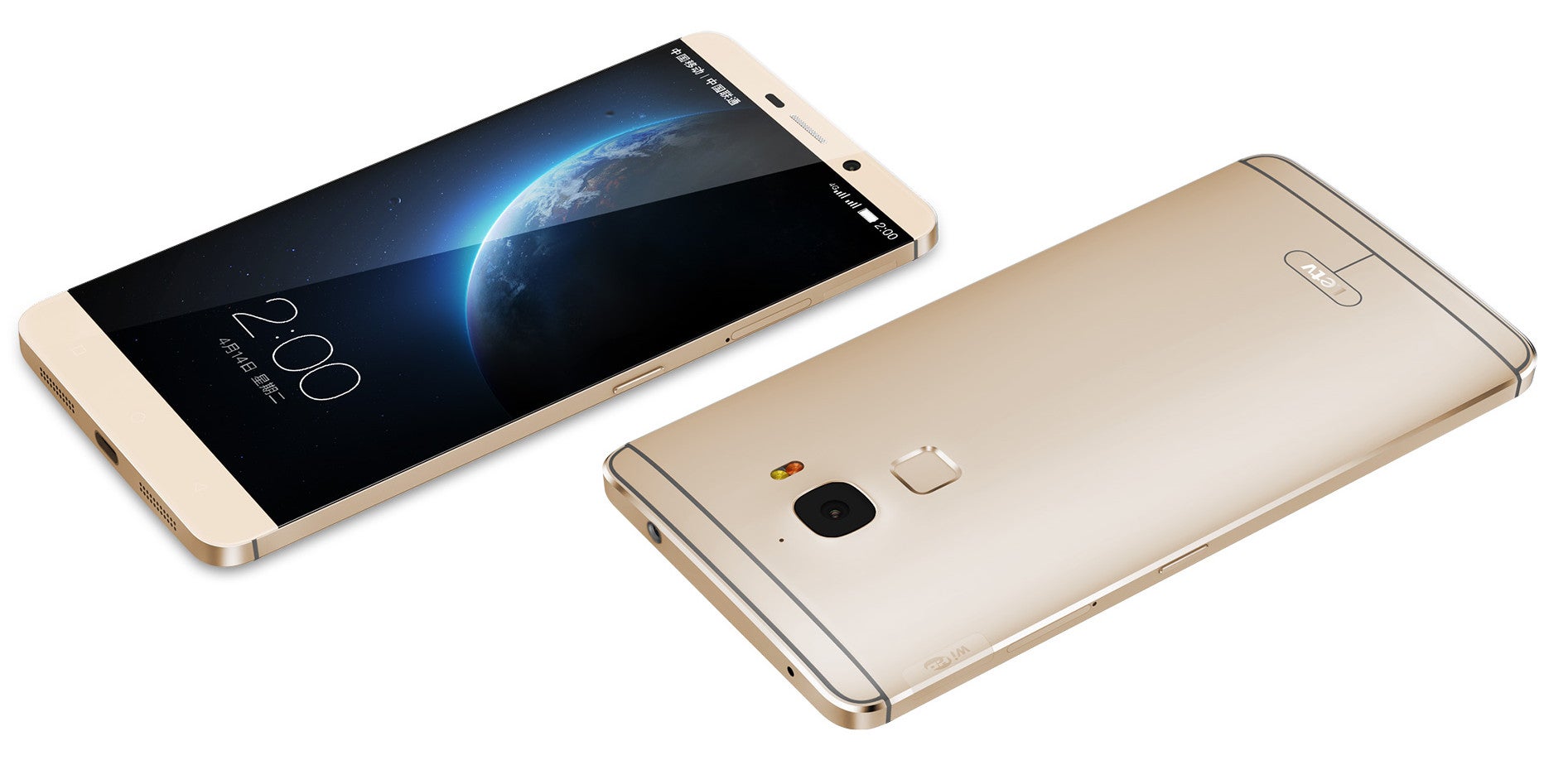
It's all about the screen, the screen, no bezel
A gigantic, 6.33-inch phone with stellar, flagship-grade hardware, it is what the company calls a 'bezel-less' smartphone.
'Bezel-less', of course, is a slight exaggeration (not unlike 'Retina' screen, and other fancy marketing names), but the LeTV Max does not kid around when it comes to that tiny border on the sides of the screen. It's indeed one of the thinnest bezels on a smartphone so far - we don't have the data to measure all, but LeTV claims it is 'the narrowest' in the world, measuring at just 1.6mm. LeTV also explains that designing such a thin bezel was no trivial task, requiring engineers to do extra work on the edge to have uniform color. Apart from plain looking cool, a super narrow bezel like the one on the LeTV Max makes it easier to perform side swipes. This also allows the phone to have a whopping 80.3% of its front side occupied by the screen, a very practical utilization of space.
The elephant in the room is, of course, the gigantic 6.33-inch screen size. Isn't that just too big? It might not be for everyone, but if you've held the Nexus 6, the LeTV Max is not much different in size. The exact dimensions are 167.1mm of height and 83.5mm of width, which is basically on par with the 83mm width of the Nexus 6, but noticeably more than the 77.8mm width of the iPhone 6 Plus. The LeTV's back features a slight curve a la HTC One series, with the phone reaching a razor-thin 4.8mm at its thinnest point around the sides and 8.95mm at its thickest in the middle.

NTSC color gamut offers wider range of colors
Under the hood: Le high performance, 'Le Hi-Fi'
Under the hood, the LeTV Max runs on the latest Qualcomm Snapdragon 810 octa-core system chip (built on a 20nm node) with four Cortex A57 high-performance cores running at up to 2GHz, and four Cortex A53 cores clocked at up to 1.5GHz. We've seen some serious issues with overheating on this chip, and we're looking forward to see how LeTV has dealt with those.
The LeTV Max is also one of the first phones to ship with 4GB of RAM. It's using the fastest LPDDR4 type of memory as well.
Then, you also have the hilariously named 'Le HI-FI', which stands for some very serious audio processing that delivers high quality output via that 3.5mm headset jack, be it to an external set of speakers or headphones.
Good audio is a multi-tier process starting at the music files, dependent on the audio processor, tuning system, and at the end the playback equipment. That's where LeTV's ecosystem comes to play, as the company delivers high-quality song files and the actual hardware (in China).

The LeTV-HQ7A chip is the chip that does all the heavy music lifting in the LeTV Max, and it's accompanied by a low-dropout linear LDO regulator that improves power supply stability, and reduces background noise and distortion issues. The phone also supports both 44.1KHz and 48KHz sampling rates via a double-watch crystal system, so that you don't have any artifacts like distortion for files converted between the two sampling rates. We're including the official audio stats right below for the pros to decipher.
First with Sony's ground-breaking IMX230 sensor: super fast focusing
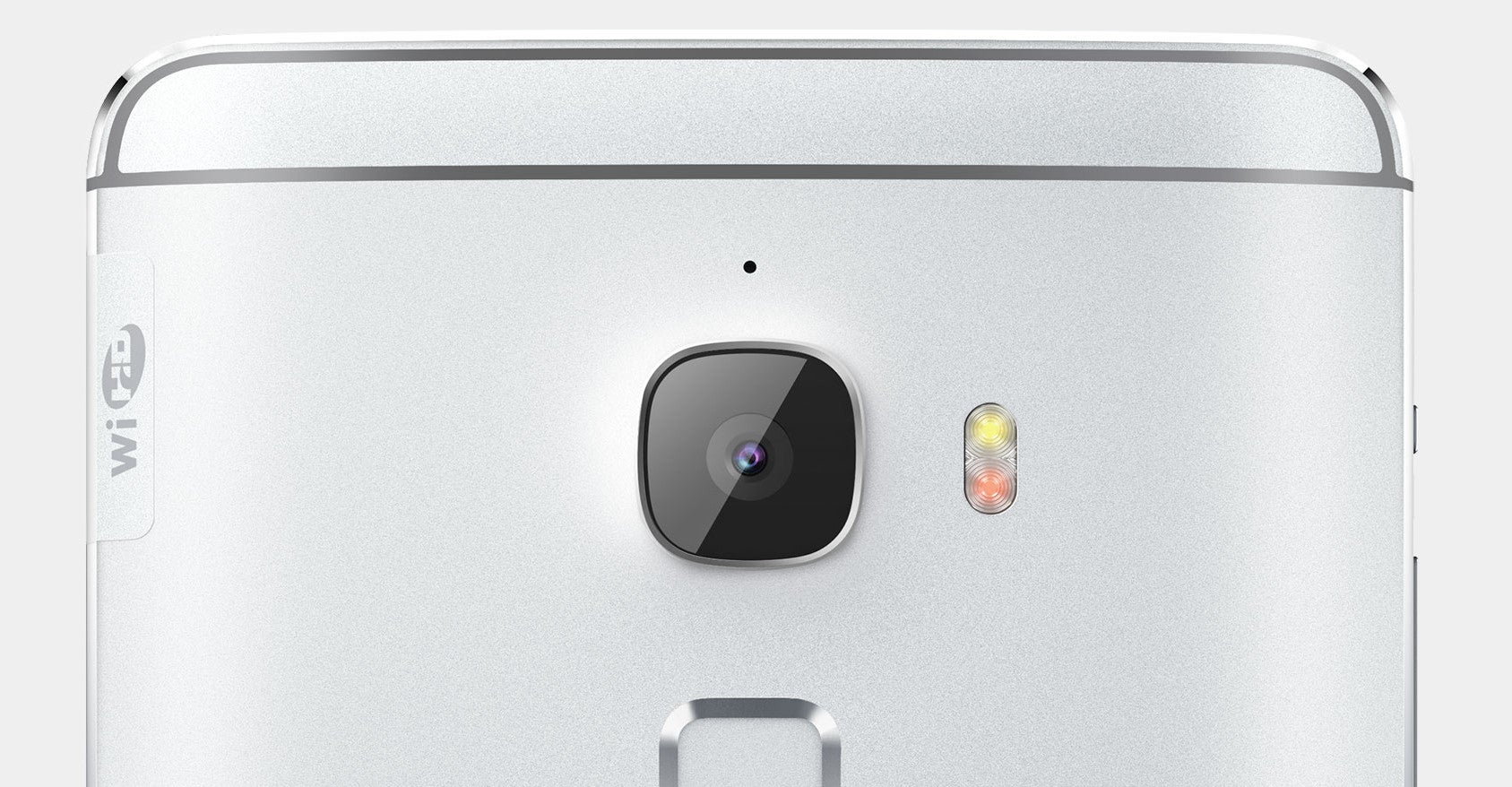
The other first that the LeTV Max scores is with the Sony IMX230 image sensor. A 21-megapixel 1/2.4" sensor with 1.12 micron pixels, what's most notable about it is its 192-point auto-focus system (versus 172-point AF on earlier sensors) with on-board image plane phase detection pixels that makes acquiring focus extremely quick and accurate, and allows tracking focus of moving objects. While preceding sensors drop the effective resolution in HDR capture, the Sony IMX230 also manages to keep all the detail of its 21-megapixel sensor intact for HDR shots.
The Sony Exmor RS IMX230 is also a stacked chip, with a new signal processor, a layer of back-illuminated pixels, and it is this type of construction that allows Sony to keep the vertical size of such large sensors so tiny, while others struggle with bulkier sensors of smaller size and featuring less magepixels.
The new IMX230 is also - quite impressively - capable of capturing live 4K HDR, but we're yet to see whether the LeTV Max will support that particular function. Regular 4K at 30 fps will be supported, as well as 1080p at 60 fps, and 720p at 120 fps.
The optics on top of the IMX230 consist of a 6-element f/2.0 aperture lens, and there is a dual-LED flash for more accurate colors for flash-on shots. The whole camera module also supports optical image stabilization,
Up front, the LeTV Max packs an 'UltraPixel' camera, with large, 2-micron pixels and an f/2.0 lens on the front as well. The wide-angle lens captures 81-degree field of view, meaning you can now fit your whole party-group in that one selfie.
Looking at the camera interface, however, brings a sense of deja-vu: it's a blatant rip-off of the iPhone's camera UI, and we don't think Apple will take it lightly:
USB Type-C
The LeTV trio of new phones is the first to feature the brand new USB Type-C connector. Long in the works, USB Type-C is fully backward compatible down to USB 2.0, and it's a side-agnostic connector, meaning that you can plug it either way and it will just work due to the symmetrical pin-out setup.

Keep in mind that USB Type-C only refers to the connector type, and not the speed and performance of the actual connection. A USB Type-C could support USB 3.1 speeds, but it could also support USB 2.0. The LeTV Max and the rest of LeTV phones - unfortunately for some - support USB 2.0, so as cool as the new connector is, keep in mind that it does not automatically translate into any increase in transfer speeds.
Conclusion
The LeTV Max might be an exotic phone that will come to the United States in the vague future (at least it will, according to LeTV), but that does not make it any less exciting for what it really is: a high-tech extremely well polished gadget. LeTV confidently calls it a 'superphone', throws punches at Apple for its dictatorial prices and super high profit marging, and promises to bring a change. We don't know about superphones, and we don't know about design (the LeTV Max looks like the iPhone 6 Plus, HTC One M9, and Huawei Mate7 had miraculously conceived a baby), but if LeTV lives up to expectations and prices this way below other phablets, it is one hell of a phone and we, for once, can't wait to see it.
Follow us on Google News

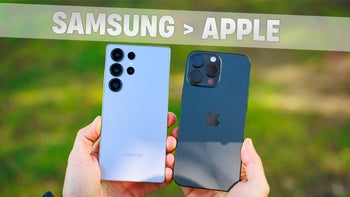
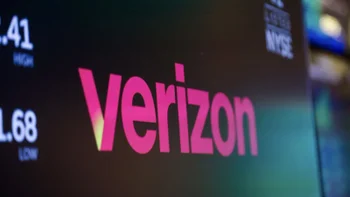


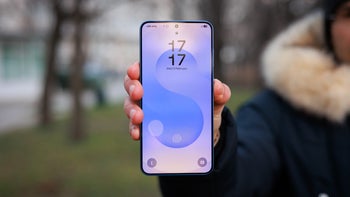
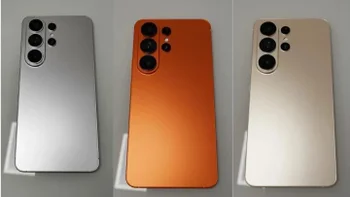

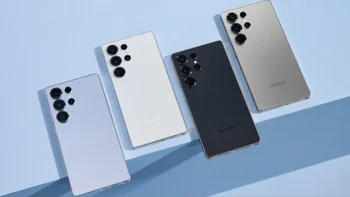

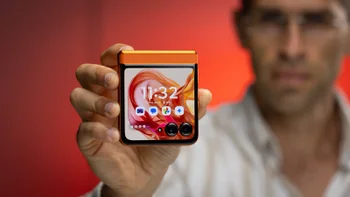
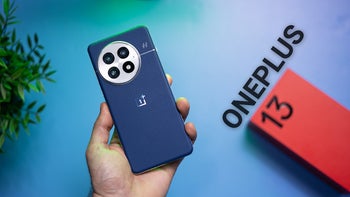
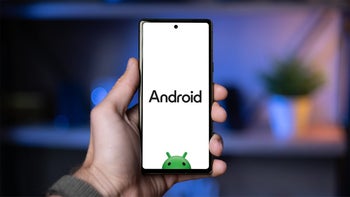
Things that are NOT allowed:
To help keep our community safe and free from spam, we apply temporary limits to newly created accounts: